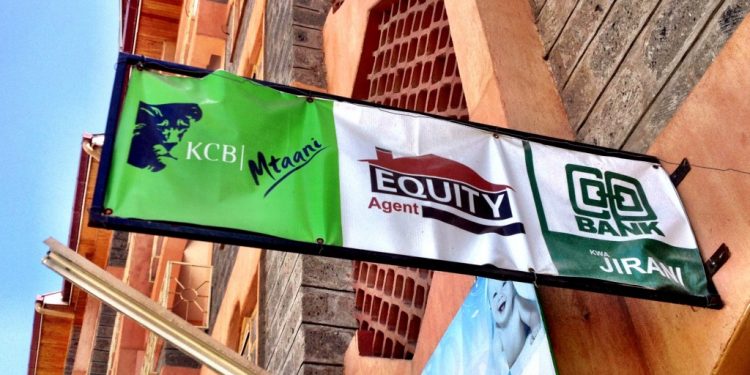Kenyan banks are expected to experience more losses in the coming year as customers struggle to service their loan facilities. Uncertainty posed by an upsurge in COVID-19 cases will continue to slow down the economy as jobs and incomes get eroded.
“Kenyan banks have seen a rise in provisioning over the last two quarters and have so far restructured around 47% of the industry’s loan book, worth KSh 1.38 Trillion, to cushion borrowers and shield their future profitability. This is likely to get worse in 2021,” says Carolyne Gathinji, Associate Partner with McKinsey& Co in Nairobi, Kenya.
Kenyan Banks Profit Warning
UK-based Standard Chartered Bank of Kenya (SCBK) is the latest to issue a profit alert that its 2021 end year financial results are forecast to fall substantially. Distress signals have also been emitted from state-owned KCB Group, I&M Holdings, as well as mortgage lender Housing Finance.
“Kenyan banks have partially mitigated the revenues drop through gains on the government securities in their Treasuries,” said Gathinji.
As banks start the uphill climb back towards pre-crisis levels, Gathinji reckons banks will need to increase revenues, cut costs, and better manage their equity capital.
“The burden of proof will therefore lie in how they are able to manage costs and leverage digital channels going forward,” said Gathinji.
According to the latest McKinsey Global Banking Annual Review 2020, the pandemic will present a two-stage problem for banks in the coming months and years to come.
The first hit will take the form of severe credit losses, likely to persist through late 2021. But almost all banks and banking systems will survive this phase.
The second wave will kick in when the global economy makes a muted recovery, affecting operations of banks that could persist beyond 2024.
Depending on the scenario, from US$1.5 trillion to US$4.7 trillion in cumulative revenue could be forgone between 2020 and 2024.
In a base case scenario, Mckinsey projects that US$3.7 trillion of revenue will be lost over five years—the equivalent of more than a half year of industry revenues that will never come back.
The firm said that while the pandemic has given banks the biggest stress test in decades, banks have remained resilient. However, Mckinsey warns that the economic impact of COVID-19 on the industry has been and will continue to be severe.
The Mckinsey Report sets out an immediate and medium-term CEO Agenda to mitigate the impact of a possible US$ 4trillion forgone revenue over the next four years. This includes fundamentally reinventing business models to sustain the long winter of 0% interest rates, whist bringing purpose to the fore.
READ;
Kenyan Banks have Adequate Buffers Against COVID-19 Shocks, Report
Moody’s Raises Concerns Over Kenyan Banks’ Ability to Weather Covid-19 Crisis
African Banks Outlook
African banks enjoyed one of the highest Return On Equities (ROEs) in the world.
However, the overall ROE is expected to half at 7.6 per cent in the next 2 years, while revenues after risk may decline by 15 per cent in a muted recovery scenario.
In the short term, banks will be affected by cascading credit losses resulting in 50% impact on revenues, while in the long term, continued pressure on margins and moderate volume growth might dwarf the revenue growth to half of the pre-COVID-19 levels.
The onset of recovery is likely to vary by country as provisioning done by banks in 2020 will be a deciding factor if they see V- or U-shaped recovery.
In South Africa and Kenya, banks have already provisioned highly for potential bad debts, while Morocco and Nigeria may continue to increase provisions in 2021 as well.
“The ROE recovery post COVID-19 is projected to be lower compared to pre-crisis levels, unless banks further improve their cost efficiency. African banks cost to asset ratio is 2.3 times higher than the global average and based on our estimates, banks would need to increase their operating efficiency by at least 25-30 percent to converge back to 2019 ROEs,” said Francois Jurd de Girancourt, Head of the Banking Practice in Africa.
For the long term, McKinsey recommends that banks identify tools they used to survive the pandemic and how to preserve them.
Banks must also reinvent their business model, go for the best digital ideas, and renew their contracts with customers.
ALSO READ: Banks Restructure Loans worth KSh 1.38 Trillion as Virus hits Loan Books – CBK




